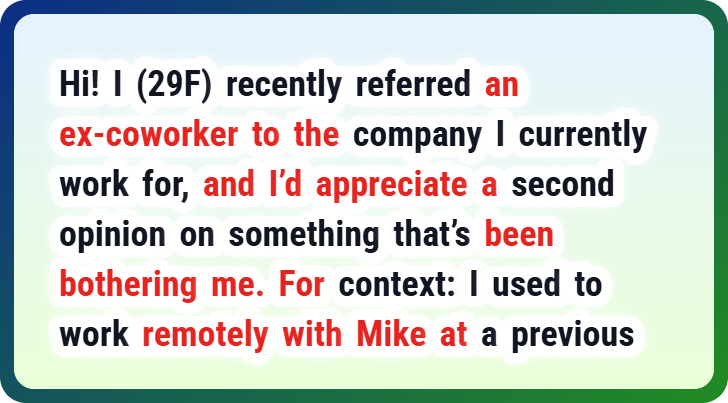I Was Tired of Doing All the Work—So I Let My Laptop Brick Itself During a BIOS Update

In a workplace tale that blends delusion, deception, and digital smoke and mirrors, a marketing professional finds themselves working alongside a self-proclaimed “influencer” named Lewis. Hired as the company’s social media manager, Lewis impressed leadership with flashy photos and outrageous celebrity tales, but quickly proved incompetent, constantly absent, and disconnected from actual work. Over six months, Lewis coasted on charisma and lies, outsourcing his tasks to a contractor while feeding management stories of fame and success.
Advertisement – Continue Reading Below
The illusion shattered during a meeting where Lewis embarrassed the company with absurd lies, triggering an investigation that exposed the truth: Lewis wasn’t an influencer, but a fraud. His photos were staged at parties he crashed, he was banned from local offices, and even had restraining orders against him. After being fired, Lewis vanished from the state, leaving behind a wiped laptop and a stunned team. This story isn’t just juicy office gossip—it’s a cautionary tale about charisma without competence, and how unchecked hiring based on clout can implode with spectacular results.
If you’ve ever worked in a call center, you already know it’s not all headsets and helpful smiles

The author worked in a high-pressure call center where clear favoritism allowed a few to avoid calls while others were overworked
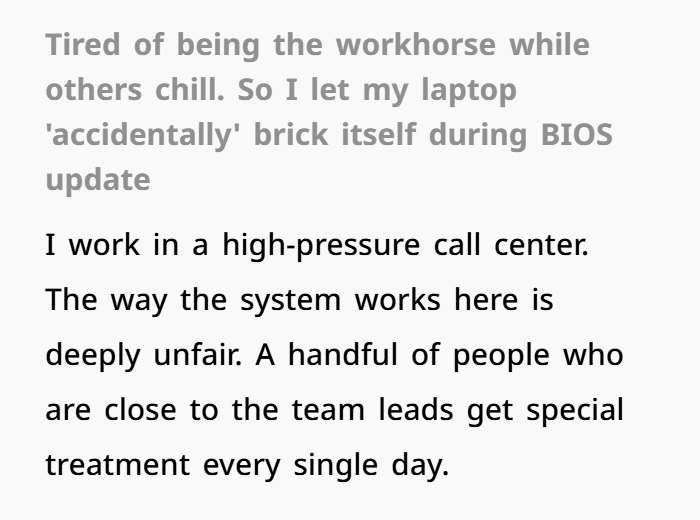
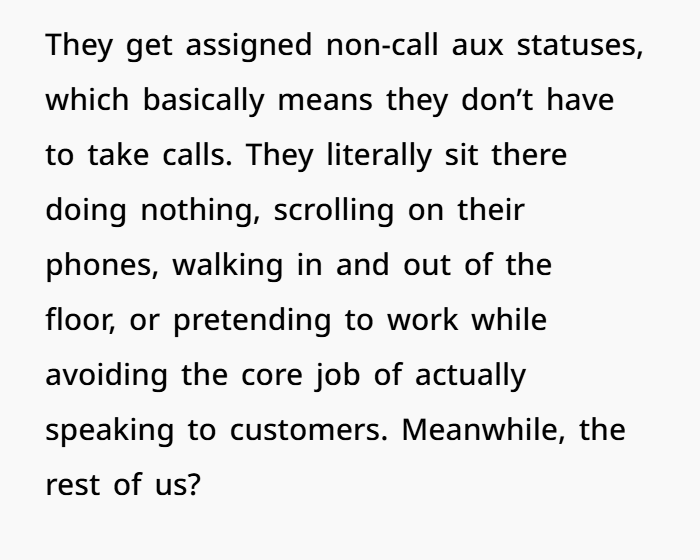
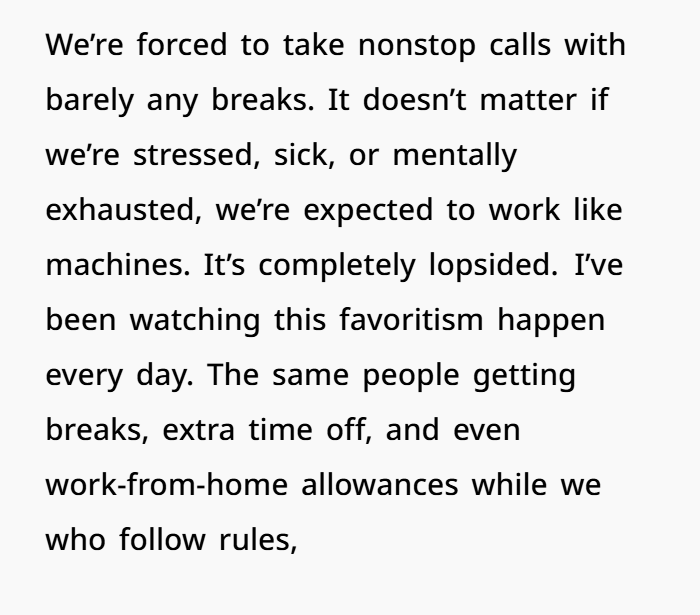
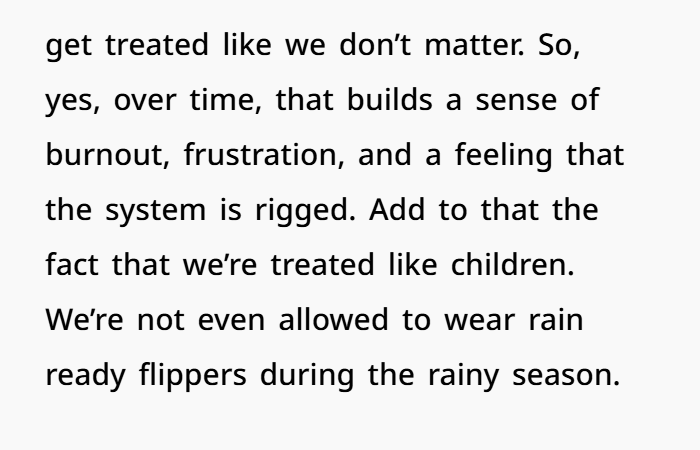
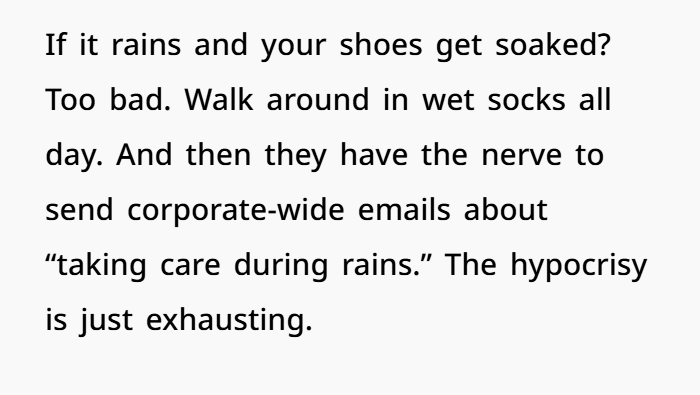
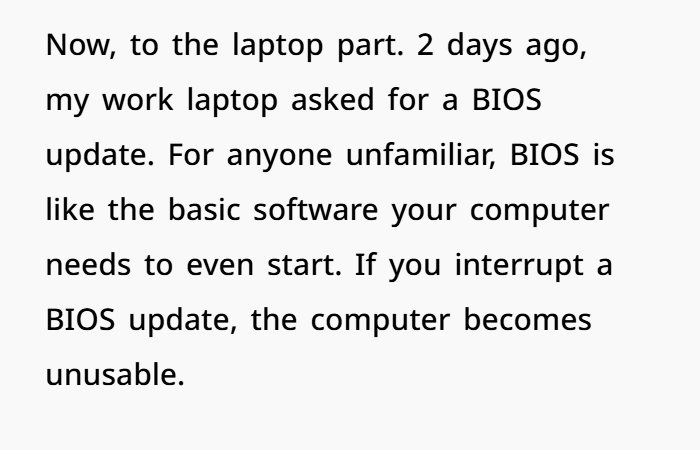
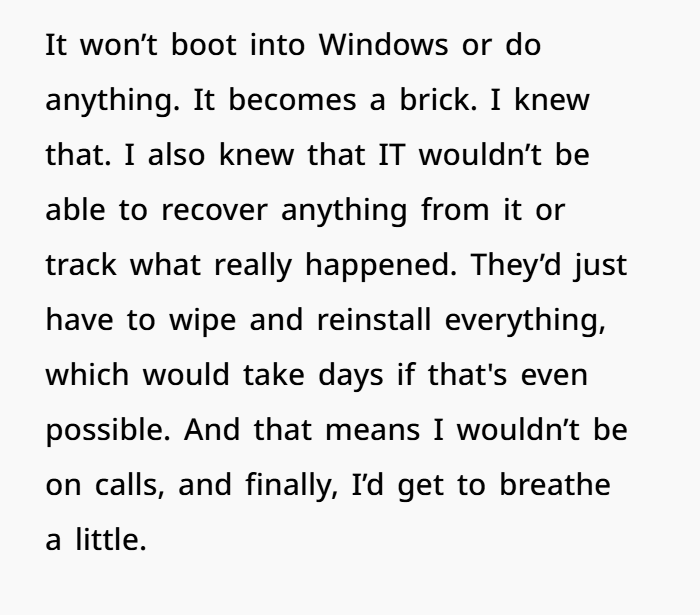
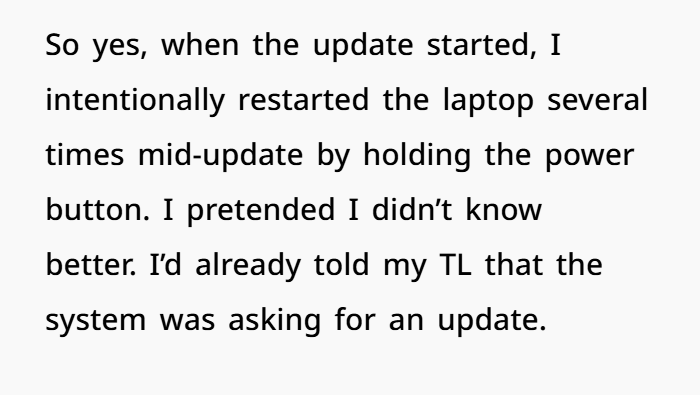
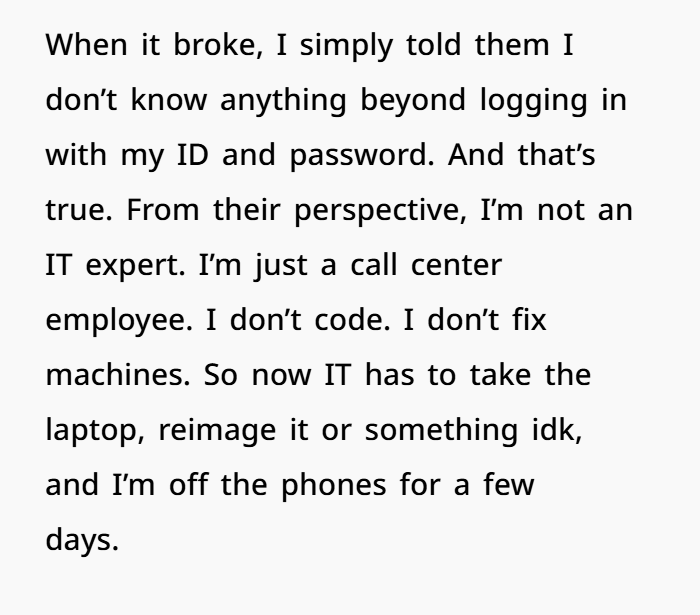
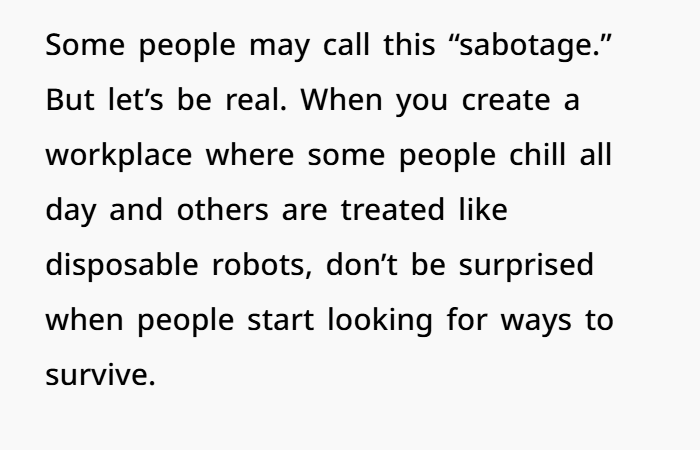
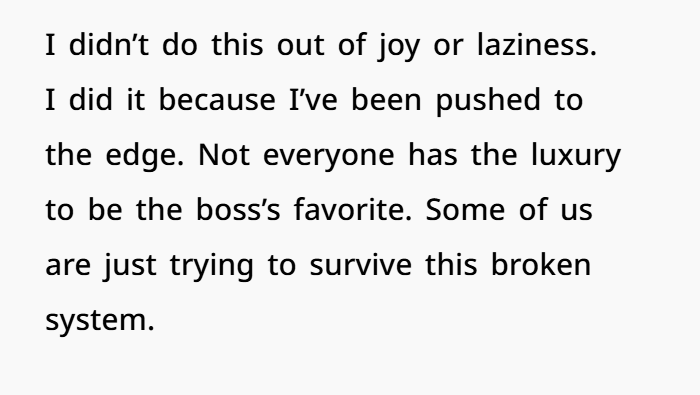
The Pitfalls of Persona—Workplace Fraud in the Age of Influence
1. Charisma vs. Competence: A Hiring Trap
Lewis’s rise and fall highlight a growing risk in modern hiring: confusing personality with proficiency. Many employers, particularly in creative fields, are seduced by social proof—followers, glossy photos, high-energy personalities—mistaking it for skill. But workplace performance, especially in roles like social media management, relies on more than flash:
Advertisement – Continue Reading Below
- Data literacy
- Audience strategy
- Content performance metrics
- Community engagement
- Brand alignment
According to a 2023 report by LinkedIn, 78% of hiring managers admitted they had made at least one bad hire due to focusing too heavily on personality traits or “potential” over proven skillsets. Lewis’s case fits the profile: a decision based on charm, not substance.
2. The Illusion of the Influencer
The role of “influencer” is loosely defined—while some command real audiences and engagement, others fabricate prestige with curated photos and paid followers. Lewis clearly leaned into the “Instagram illusion”: showing off selfies with celebrities, fancy outfits, and luxury settings. What his employer didn’t see (or didn’t verify) was how staged it all was.
Influencer fraud is real and rampant. A 2022 HypeAuditor study found that more than 55% of Instagram influencers engaged in some form of follower fraud, including:
Advertisement – Continue Reading Below
- Buying followers
- Fake engagement bots
- Photoshopping or staging content
Lewis’s claims to fame—crashing parties, taking selfies, faking business ties—weren’t unique. But the fact that his workplace bought it speaks volumes about their internal vetting.
3. Workplace Fraud and Leadership Failure
The true enabler of this mess wasn’t just Lewis—it was the manager who let him flourish unchecked. Leadership failed in several key ways:
- Lack of oversight: No performance evaluations, no task tracking, no accountability for attendance or output.
- Favoritism: Constantly hyping Lewis, dismissing doubts, and trying to “get in on” his fake investments.
- Failure to verify: Not doing due diligence on Lewis’s professional background, references, or actual marketing experience.

The result? A contractor unknowingly doing all the real work while a fraudster soaked up praise.
Advertisement – Continue Reading Below
This mirrors a real-world scandal at a New York startup in 2021 where a CMO hired based on influencer status had no operational ability and outsourced all deliverables to a ghostwriting agency, burning through a six-figure salary before being caught.
4. The Power—and Peril—of Contractor Dependency
One of the most disturbing elements here is how Lewis completely offloaded his duties to a social media contractor. It raises serious concerns:
- Who was managing the contractor?
- How were deliverables reviewed and approved?
- Was the company paying both Lewis and the contractor for the same job?
This duplication of labor without transparency is both a waste of company resources and a violation of project integrity. Contractors deserve credit and oversight—not to be used as cover for someone else’s grift.
Advertisement – Continue Reading Below
In tech and marketing industries, this is increasingly common. Many firms outsource quietly, and when internal staff misrepresent those relationships, it opens the door to fraud, IP theft, and legal liability.
5. The Collapse: How Fraud Unravels Fast
It only took one meeting—with someone outside the company—to expose the facade. That’s typical in fraud cases: internal familiarity breeds blindness, but external scrutiny often reveals cracks.
Once Lewis claimed the company had purchased his fictional brand, the boss’s embarrassment triggered a reality check. A quick local search revealed:
Advertisement – Continue Reading Below
- Party crashing
- Fake brand partnerships
- Office bans
- A restraining order
Even more telling? Lewis wiped his laptop—a classic move for someone hiding evidence. In cybersecurity, this is often seen in insider threats: employees wipe data before fleeing, knowing their trail is about to be uncovered.

Had this occurred in a larger firm or sensitive industry, it could have triggered legal action, data loss investigations, and financial repercussions.
6. Aftermath and Reputation Damage
Lewis’s immediate flight from the state is telling. It’s damage control—but it doesn’t erase what happened. In mid-sized industries, especially marketing, word spreads fast. Employers and contractors talk. His name will carry red flags for years, if not longer.
Advertisement – Continue Reading Below
For the company, the aftermath includes:
- Reassigning projects
- Rebuilding trust with clients and internal staff
- Scrambling to document what Lewis actually contributed (likely nothing)
- Reviewing all vendor and contractor relationships for misuse
This kind of fallout can cost more than a firing—it can cost reputation, clients, and internal cohesion.
Netizens expressed understanding for the author’s actions but also warned that it would be best if they started looking for a new job

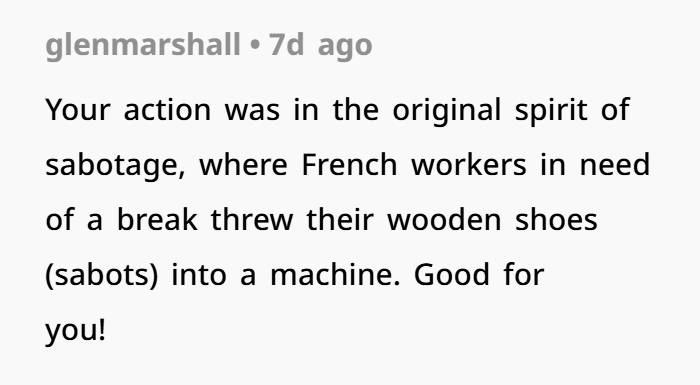
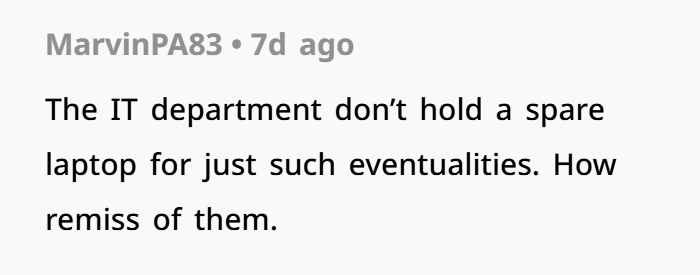
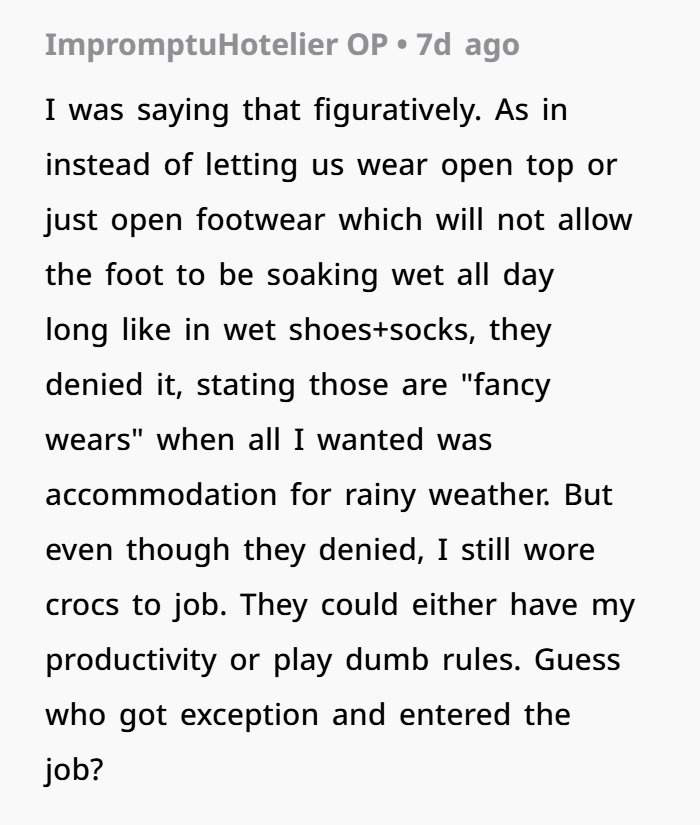
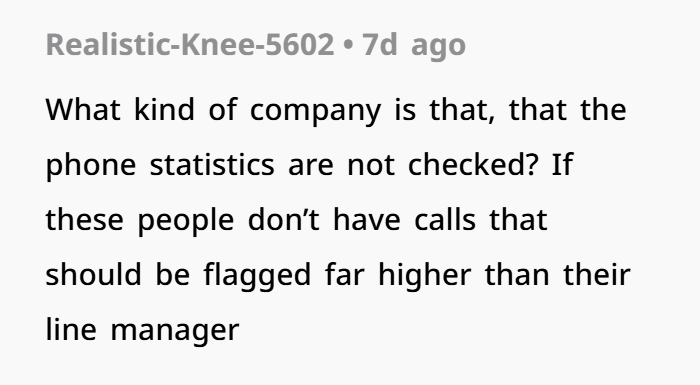
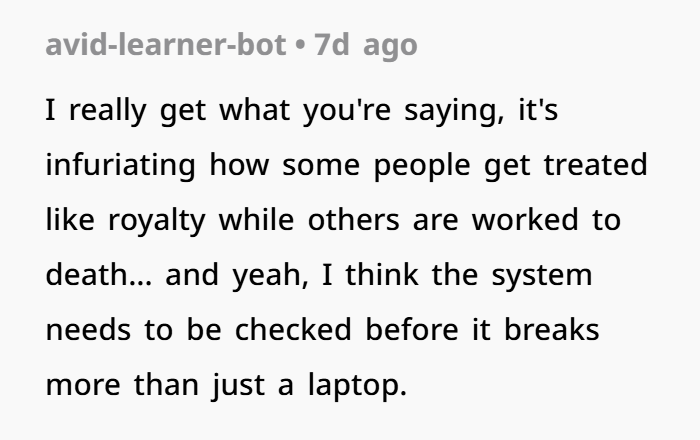
✅ Final Takeaways
- Don’t hire based on image—verify credentials and test actual skills.
- Management must stay involved—charisma is not a substitute for deliverables.
- Influencer fraud is real—and can bleed into workplaces.
- Contractor exploitation is unethical—and can mask internal incompetence.
- Reputation matters—and digital deception can’t outrun the truth.
Lewis may have fooled a few people for a while, but eventually, all fakes get found out. The damage wasn’t just to him—it rippled through a whole team who now knows what happens when companies trust followers over fundamentals.
Advertisement – Continue Reading Below






